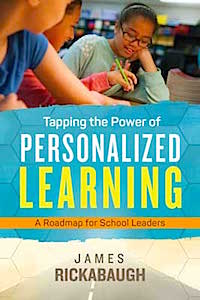THINKING: We just don’t put enough time into it in the classroom. So several years ago I created a poster to remind my students to think while they are writing. It worked for a while, and then like so many strategies after a while it went by the wayside. Recently after conferencing with students and listening to teachers, I decided the instrument needed to come out again.
We teachers have been taught the writing process, but how often do you put that puzzle in front of your students? Many instructors remind students to draft, rewrite, edit, and revise. But the pieces don’t come together that easily — true reading and writing are more of a puzzle. Hence, The Reading Thinking Writing Process was created.
My thinking below is detailed and can be shortened for quicker pieces of writing or responding. But as I wrote out tasks for my 6th grade “Problem Solving and Design” class two weeks before school ended, I pulled out the Reading Thinking Writing Process. They were having problems with planning through their problem-solving journals as well as their daily reflections. The great thing about the Reading Thinking Writing Process is that it works with all lengths and types of assignments.
My kids were frustrated at the length. I heard the same statements from my sixth and seventh and eighth graders: “Why do we have to go through all of the steps? Just let me write it!” We teachers know they can’t write well without going past a first draft. And when we conference, slowly students come around so they see it too.
The big idea here is that getting the students to THINK during the writing process helps them proceed so much further in their understanding; therefore the kids progress as learners. Because thinking really is such a big part of the puzzle!
YOU THINK about it: If the kids don’t THINK before they revise, have they really captured the information they’ve been given in the conference whether the feedback was from the teacher or their peer? Was that revision conference worthy of the time or worthwhile in anyway if the writer doesn’t spend time thinking about the information they were given?
The big causal factor I venture to say — they are the four cornerstones of the puzzle as well as the centerpiece — is BEING PATIENT TO TAKE TIME TO THINK.
When we teach students to be PATIENT, we have begun to teach them a life-skill that is needed for every job. We have also taught them an essential need for reading and writing and THINKING! Then the puzzle pieces fall into place more easily.





